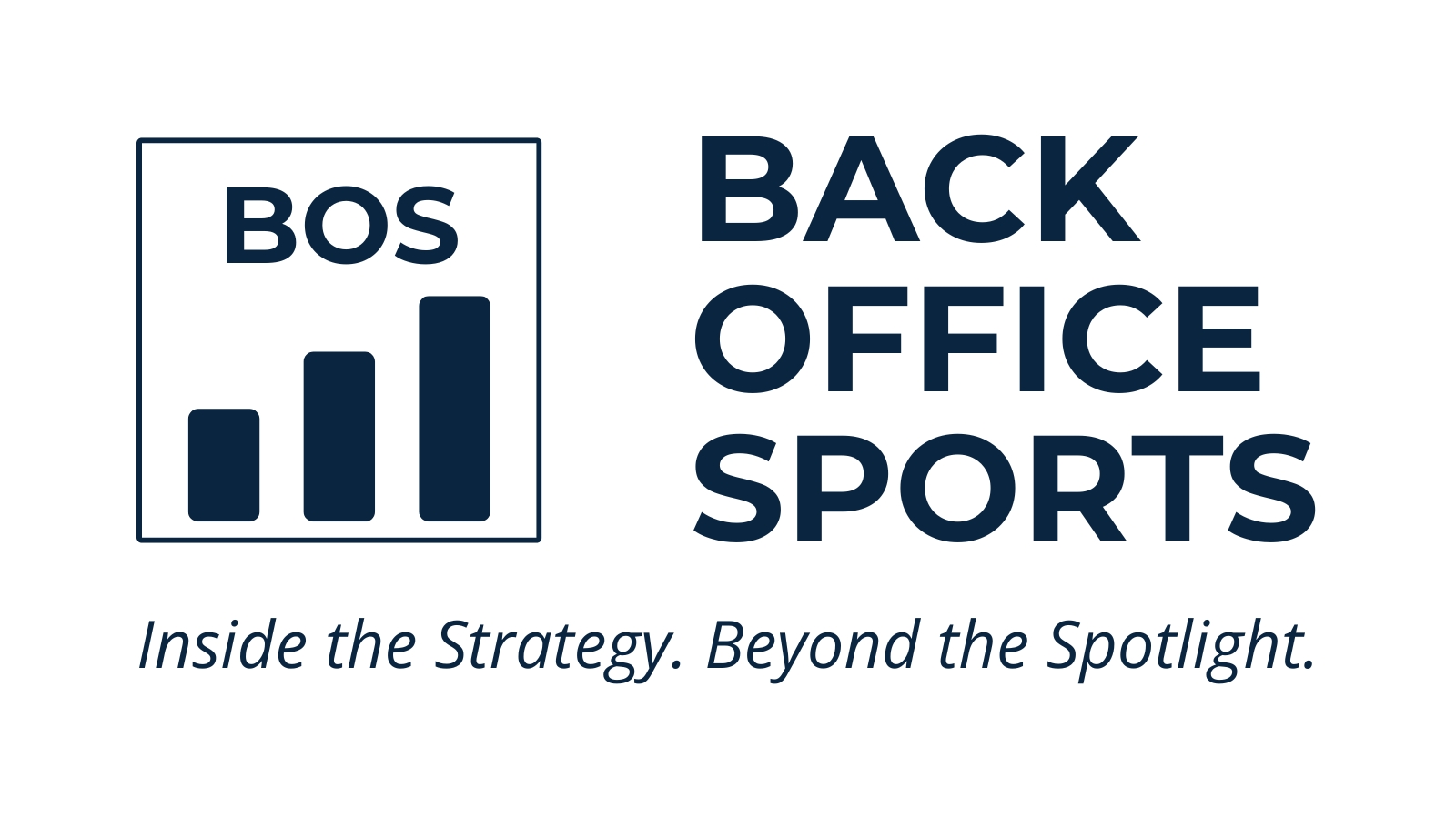

2026 MLB Qualifying Offer Countdown: Who's In, Who's Out?
The 2025 World Series may have wrapped, but the MLB never sleeps. For front offices, agents, and savvy fans, the next big dominoes start falling almost immediately: qualifying offers (QOs) for 2026. This annual ritual can reshape rosters, influence the free-agent market, and set the stage for contract drama before winter even settles in. Let's break down everything you need to know to be ready for the next MLB season.
What Is a Qualifying Offer?
A qualifying offer is a one-year contract that MLB teams can extend to select free agents. For 2026, that offer is set at $22.025 million. Once a team extends the offer, the player has until November 18 to accept or reject. Accept, and they return for one year at that salary; reject, and they enter the free-agent market with draft-pick compensation in play for the team losing the player.
Some eligibility rules are key:
-
Players moving between multiple teams in the prior season are ineligible (think Josh Naylor, Eugenio Suárez, Shane Bieber, Cedric Mullins, Merrill Kelly).
-
Players who have already received a QO before cannot get a second one (e.g., Pete Alonso, Cody Bellinger, Alex Bregman, J.T. Realmuto).
Since the system began in 2012, 144 players have received a QO - only 10% accepted. Why? The best players almost always command multi-year deals that far exceed the one-year QO.
The Slam-Dunks: Who Will Definitely Reject
Here's a look at the top six players who are all but guaranteed to get - and reject - the qualifying offer:
-
Bo Bichette, SS, Blue Jays
-
Edwin Díaz, RHP, Mets
-
Kyle Schwarber, DH, Phillies
-
Ranger Suárez, LHP, Phillies
-
Kyle Tucker, OF, Cubs
-
Framber Valdez, LHP, Astros
Despite differing positions and career stages, there's little reason to think any of these stars will settle for a single-year contract when larger multi-year deals are on the horizon. Even injuries late in 2025 likely won't alter that calculus.
That said, rejection doesn't guarantee departure. Players like Díaz or Schwarber could still negotiate extensions with their current teams - the QO is mostly a procedural step.
Watchlist: Other Eligible Players
Beyond the slam-dunks, 14 additional players are eligible and could spark interesting conversations:
Batters:
-
Luis Arraez, 1B/DH, Padres
-
Trent Grisham, OF, Yankees
-
Jorge Polanco, 2B, Mariners
-
Gleyber Torres, 2B, Tigers
Pitchers:
-
Dylan Cease, RHP, Padres
-
Zach Eflin, RHP, Orioles
-
Jack Flaherty, RHP, Tigers
-
Zac Gallen, RHP, D-backs
-
Lucas Giolito, RHP, Red Sox
-
Shota Imanaga, LHP, Cubs
-
Michael King, RHP, Padres
-
Robert Suarez, RHP, Padres
-
Devin Williams, RHP, Yankees
-
Brandon Woodruff, RHP, Brewers
These players may receive QOs - but not all will. Teams weigh performance, health, and market value carefully, making for fascinating offseason chess.
Tips for Following the 2026 QO Decisions
Here's how to track the qualifying offer drama like a pro:
-
Mark the Deadlines – Teams have five days post-World Series to extend offers (this year: Thursday 5 p.m. ET). Players have until Nov. 18 to decide.
-
Watch the Slam-Dunks – The top six are almost guaranteed to reject. Expect stories to focus elsewhere.
-
Follow the Watchlist – The remaining eligible players can sway markets with one decision.
-
Track Extensions – Some rejections may be formalities if a multi-year deal is negotiated before free agency hits.
-
Check Draft Compensation Rules – Understanding which picks go where adds context to why teams act fast or slow.
These steps give fans a framework to make sense of the QO process, and spot potential surprises before the broader free-agent market explodes.
What the 2026 Qualifying Offers Mean for Teams and Fans
The qualifying offer process may seem like an offseason formality, but it's an early window into roster strategy, payroll priorities, and market dynamics. The slam-dunk players like Bichette, Tucker, and Díaz are almost certain to reject, yet their decisions still ripple through their teams' planning - from extensions to trade considerations. Meanwhile, the watchlist of 14 other eligible players could produce surprises, especially as teams weigh health, performance, and financial flexibility.
For fans, understanding the trends - historically low acceptance rates, eligibility nuances, and draft compensation rules - is a way to anticipate moves, identify potential breakout markets for free agents, and decode front-office thinking before the headlines hit.
By following these offers closely, you see the business of baseball in real time: how contracts, strategy, and analytics intersect, shaping the MLB landscape long before the first pitch of 2026. This is the kind of insight that makes the offseason as compelling as the postseason - and why tracking QOs is essential for any serious fan.